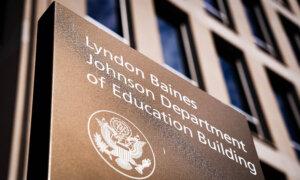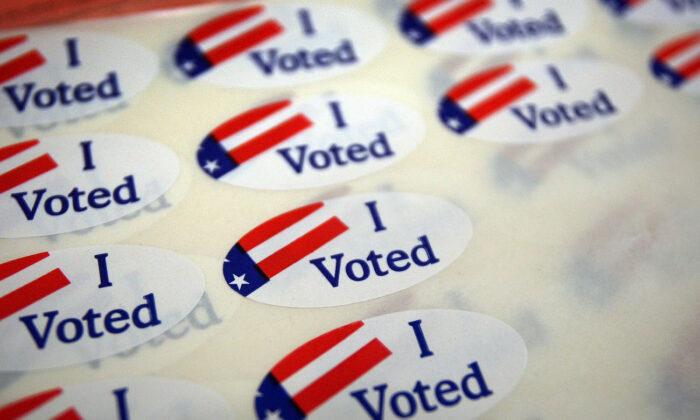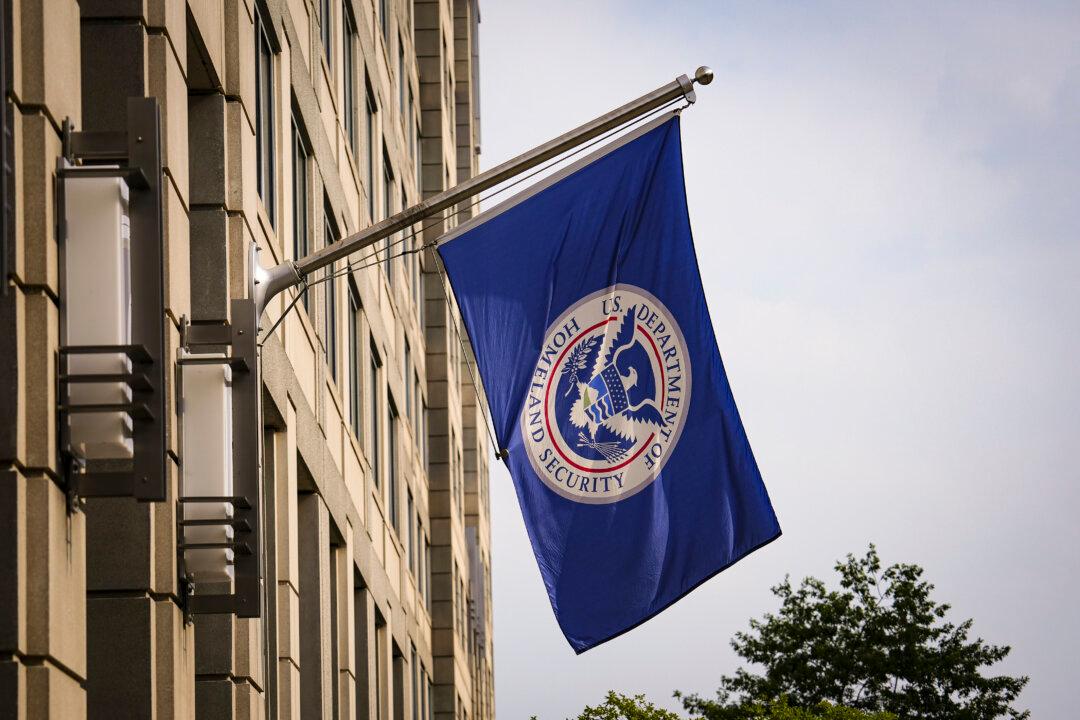The Internal Revenue Service (IRS) has clarified regulations regarding the tax-free educational assistance that employees receive from their employers.
Tax-free educational assistance benefits include payments for tuition, fees and similar expenses, as well as books, supplies, and equipment, the IRS explained, noting that the payments may be for either undergraduate- or graduate-level courses, which don’t have to be work-related.
This category also includes principal or interest payments on qualified education loans made by an employer after March 27, 2020, and before Jan. 1, 2026, unless they’re extended by future legislation. Such loans must be taken for the employee’s own education and not for the education of a family member such as a spouse or a dependent.
Under Section 127, taxpayers won’t have to pay tax on education benefits of up to $5,250 for each calendar year. Their employer should not include the benefits in their wages, tips, and other compensation shown in box 1 of their W-2 forms.
“For example, if an employer pays $2,000 of principal or interest on any qualified education loan incurred by the employee for the education of the employee, only $3,250 is available for other educational assistance,” the IRS said, noting that unused amounts of the $5,250 annual limit cannot be carried forward to subsequent years.
However, any tax-free education expenses can’t be used as the basis for any other deduction or credit, including the lifetime learning credit.
If benefits are received under a program that does not comply with the requirements for an educational assistance program under Section 127, or if the benefits are over $5,250, the amounts may still be excluded or reduced if certain requirements are satisfied.
For employers, amounts they paid under a Section 127 educational assistance program are generally deductible under section 162, which allows the deduction of ordinary and necessary business expenses.
The IRS also answered the question of whether student debt can be reimbursed.
According to the agency, if the debt was incurred as a result of expenses that are permissible benefits under Section 127—such as tuition, books, equipment, qualified education loans—the employer may reimburse the employee for these expenses as educational assistance benefits, and the employee could then use those funds to help satisfy his or her debt.
“To be excluded from the employee’s gross income, the employee must be prepared to substantiate the expenses to the employer,” it noted.
For shareholders and owners, the IRS said they may also receive educational assistance, so long as the employer’s Section 127 plan does not funnel over 5 percent of the annual benefit to owners of more than 5 percent of the stock or their spouses or dependents. This technically allows employers who hire their own children to claim tax-free education benefit, on the condition that their employee-children are over the age of 21 and own no more than 5 percent of the stock in their corporation.
Self-employed taxpayers, however, cannot receive educational assistance under Section 127 because of the 5-percent-ownership rule.







